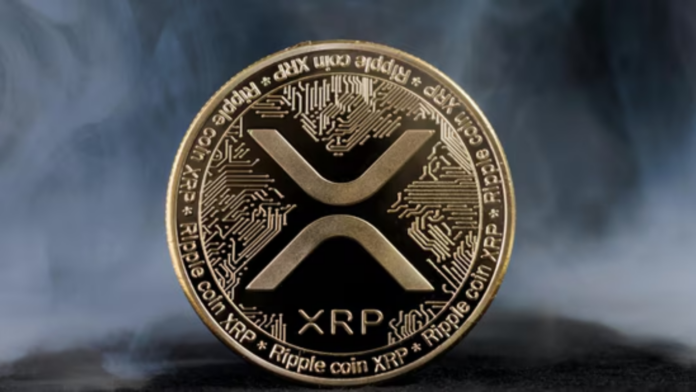Understanding XRP: The Digital Asset Powering Cross-Border Payments
XRP is a digital asset designed to facilitate fast, low-cost international money transfers and payments. Created by Ripple Labs in 2012, XRP has emerged as one of the most significant cryptocurrencies in the global financial ecosystem. Unlike Bitcoin, which was designed primarily as a decentralized digital currency, XRP was developed with a specific use case in mind: enabling efficient cross-border transactions for financial institutions.
The Technology Behind XRP
At its core, XRP operates on the XRP Ledger (XRPL), a decentralized blockchain platform that processes transactions within seconds. The XRPL uses a unique consensus mechanism called the XRP Ledger Consensus Protocol, which differs significantly from Bitcoin’s proof-of-work or Ethereum’s proof-of-stake systems. This protocol allows for:
- Transaction settlement in 3-5 seconds
- Ability to handle 1,500 transactions per second
- Minimal energy consumption
- Low transaction costs (typically less than a penny)
How XRP Works in Cross-Border Payments
Traditional international money transfers often involve multiple intermediaries, taking days to complete and incurring substantial fees. XRP serves as a bridge currency, enabling what’s known as On-Demand Liquidity (ODL). Here’s how it works:
- A bank or financial institution converts their local currency to XRP
- The XRP is transferred across the network almost instantly
- The receiving institution converts XRP back to their local currency
This process eliminates the need for pre-funded accounts in destination countries, freeing up capital and reducing costs for financial institutions.
Key Features and Benefits
Speed and Scalability
The XRP Ledger can process 1,500 transactions per second and settle them in 3-5 seconds. This is significantly faster than traditional banking systems and many other blockchain networks.
Cost-Effectiveness
XRP transactions cost a fraction of a penny, making it highly economical for both small and large transfers. The low cost is particularly beneficial for remittance payments and micropayments.
Sustainability
Unlike Bitcoin’s energy-intensive mining process, the XRP Ledger’s consensus mechanism is remarkably energy-efficient, making it an environmentally sustainable option for global payments.
Regulatory Landscape and Challenges
XRP has faced significant regulatory scrutiny, particularly in the United States. The SEC’s lawsuit against Ripple Labs, filed in December 2020, raised questions about XRP’s classification as a security versus a currency. This regulatory uncertainty has impacted XRP’s adoption and market performance, though it continues to see strong usage in other parts of the world.
Real-World Applications
Financial institutions worldwide have been testing and implementing XRP-based solutions:
- International remittance services
- Corporate treasury operations
- Cross-border business payments
- Banking payment infrastructure modernization
The Future of XRP
As the world moves toward digital payments and real-time settlement, XRP’s role in the financial ecosystem could expand. Potential future applications include:
- Central Bank Digital Currency (CBDC) infrastructure
- Micropayments for content and services
- Internet of Things (IoT) payment solutions
- Decentralized finance (DeFi) applications
Investment Considerations
While XRP has shown utility as a payment solution, potential investors should consider several factors:
- Regulatory uncertainty in key markets
- Competition from other blockchain solutions
- Market volatility common to cryptocurrencies
- Dependency on institutional adoption
Conclusion
XRP represents a significant innovation in cross-border payments, offering a blend of speed, cost-effectiveness, and scalability. While regulatory challenges persist, its underlying technology continues to demonstrate value in solving real-world financial problems. As the digital asset ecosystem evolves, XRP’s role in bridging traditional finance with blockchain technology makes it an interesting project to watch.
Note: This blog post provides educational information about XRP and should not be considered financial advice. Always conduct thorough research and consult with financial professionals before making investment decisions.




